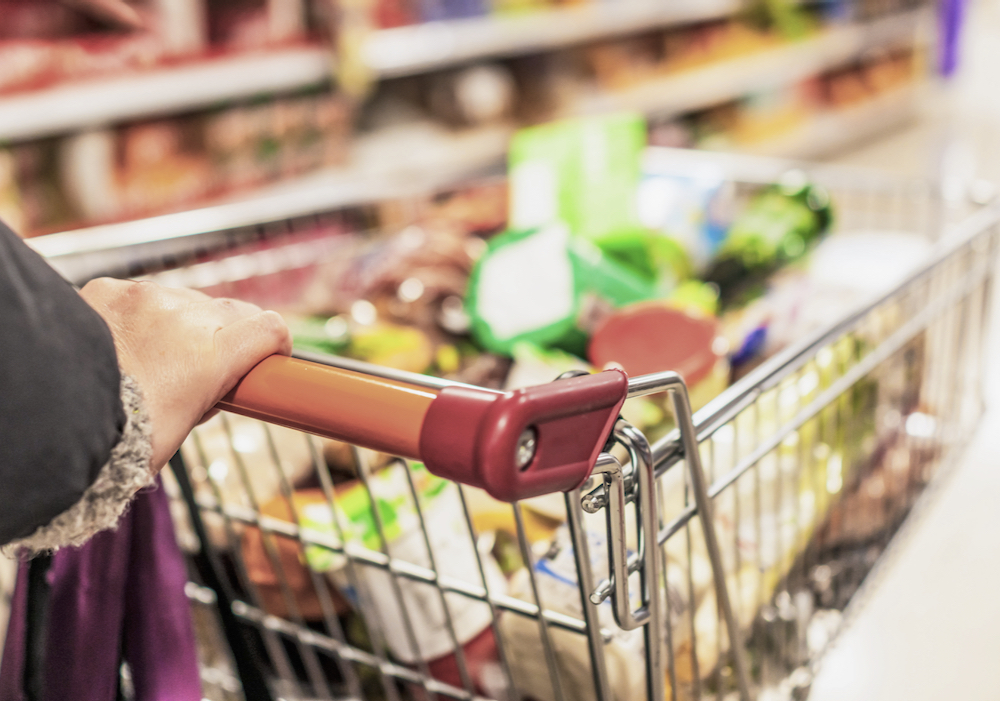Report sees lower Canadian food inflation through 2024

Glacier FarmMedia – Canadian food prices are expected to rise between 2.5 and 4.5 per cent in 2024, according to a new report.
Read Also
Pick Family Chair in Sustainable Cropping Systems appointed
Dr. Adrian Correndo joined the Ontario Agricultural College (OAC) as the new Pick Family Chair in Sustainable Cropping Systems in November….
“It is probable that Canadians will continue to experience the strain of food inflation compounded by increasing costs of housing, energy and various other expenditures,” says Canada’s Food Price Report 2024, an annual joint effort between Dalhousie University, the University of Guelph, the University of British Columbia and the University of Saskatchewan.
Why it matters: The annual report sums up grocery buying experience and food trends each year as indicates what Canadians can expect in the coming year.
Next year’s food bill for a family of four is estimated at $16,297.20, an increase of $701.79 compared to 2023.
Sylvain Charlebois, project lead, professor and director of the Agri-Food Analytics Lab at Dalhousie University, said the numbers suggest that two major disruptions of recent supply chains, the global pandemic and the war in Ukraine, have largely been absorbed by global food markets.
Grocers are responding to the return of some stability by running promotions and engaging in stiffer competition.
“It is much easier for them to plan,” Charlebois said.
Last year’s report forecast a five to seven per cent increase in food prices this year. The current rate is 5.9 per cent, according to Consumer Price Index data.
The increase from 2022 to 2023 was attributed to enduring COVID-19 supply chain problems, climate change, carbon taxes, the conflict in Ukraine and labour disruptions.
Charlebois expects food inflation to continue to fade throughout 2024.
“The sweet spot for food inflation is 1.5 to 2.5 per cent,” he said. “We’re not there yet, but I think we will be there by the end of 2024.”
Still, Canadian consumers have been hard-pressed in recent months regarding food prices.
There were nearly two million visits to food banks in Canada in 2023, a 32 per cent increase over the previous year.
“This is the highest level of food bank use in Canada on record,” stated the report.
Accusations of price gouging by grocery companies has become common, but a Bank of Canada study shows markups are in line with inflation rates.
Charlebois expects the political heat surrounding food inflation to fall in lockstep with slower growth in food prices. He also noted consumer fury was largely a reaction to another runaway piece of the Canadian consumer economy: the cost of shelter. As that rises, consumers are frequently forced to make hard decisions in other areas, such as food choices.
Between the two, it’s easier to change food purchases than to find affordable housing.
“We’ve had a massive trading down in food choices in Canada over the past year, mostly from February to October,” Charlebois said. “That is stabilizing now.”
He added that the recent Bank of Canada decision to hold pat on interest rates will also contribute to consumer relief on food prices and shelter costs.
Concentration
The food price report noted that 80 per cent of Canada’s grocery market is controlled by five companies: Loblaws (29 per cent market share), Sobeys/Safeway (21 per cent), Costco (11 per cent), Metro (10.8 per cent) and Walmart (7.5 per cent).
“Canada has a concentrated grocery industry and is a tough landscape for new players to break into,” stated the report.
The imminent introduction of a consumer protection code of conduct in Canada’s food sector should help that situation, report writers said. The document described the code as “a momentous development with promising implications for consumers and the industry.”
Australia, the United Kingdom and Ireland have already adopted codes. Those countries have shown more modest increases in food prices when adjusted for inflation.
However, the voluntary code has run into opposition from grocers as it nears the finish line. Loblaws is suggesting it could raise grocery prices by more than $1 billion, and Walmart Canada has said it could add unnecessary burdens to producers.
That led to a code of conduct push from two high-profile Canadian political leaders.
Lawrence MacAulay, federal agriculture minister, and Andre Lamontagne, Quebec’s minister of agriculture, fisheries and food, issued a joint statement.
“After years of work, broad consultations, and unprecedented engagement across the grocery supply chain, we’re disappointed to see that the Grocery Sector Code of Conduct has still not been launched and that supply chain partners are hesitant to move forward,” the statement reads.
The Canadian government has also introduced Bill C-56, the Affordable Housing and Groceries Act, which proposes amendments to the Competition Act to enhance competition in the grocery sector.
– With files from Sean Pratt, Glacier FarmMedia staff
Source: Farmtario.com

